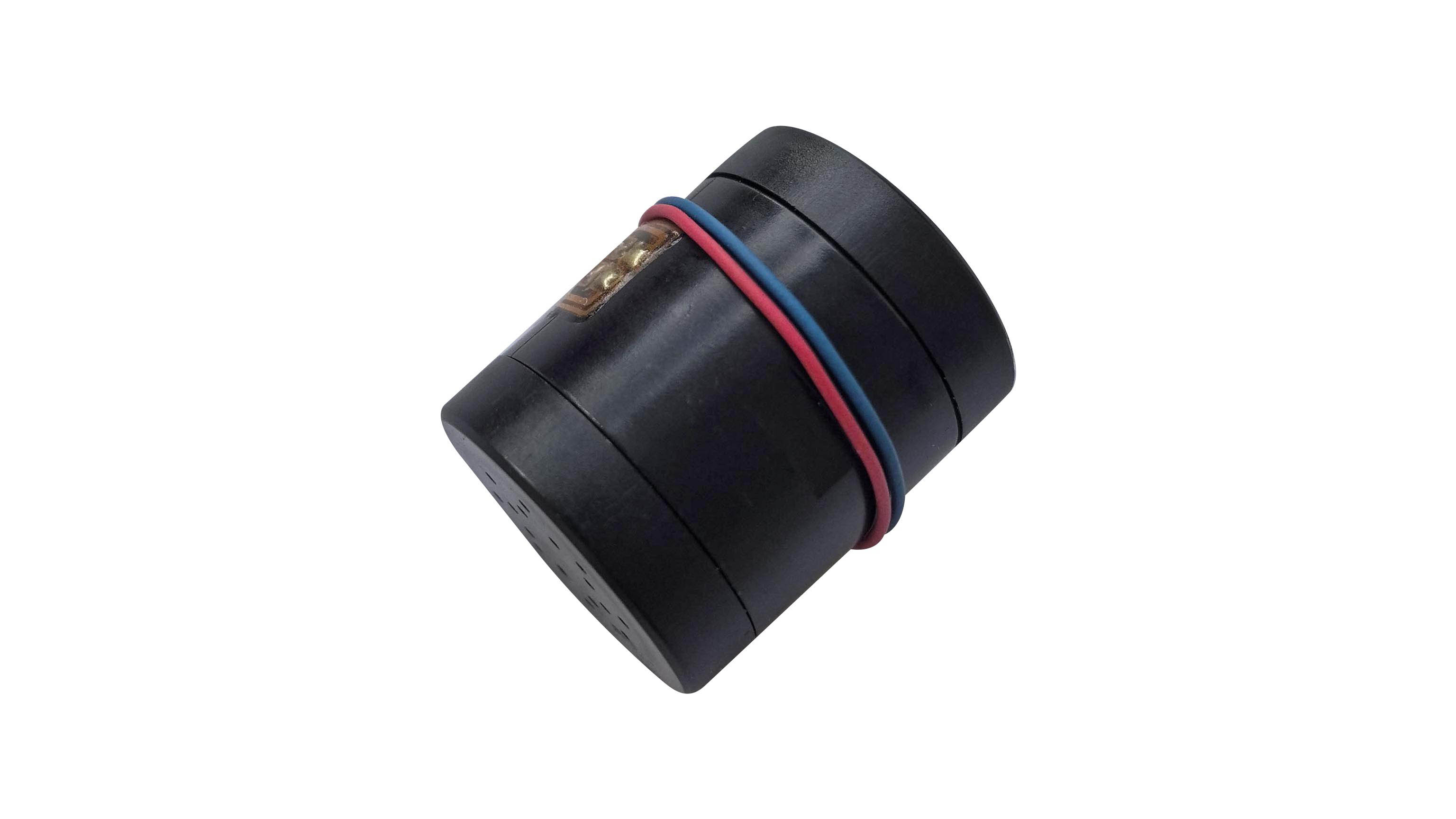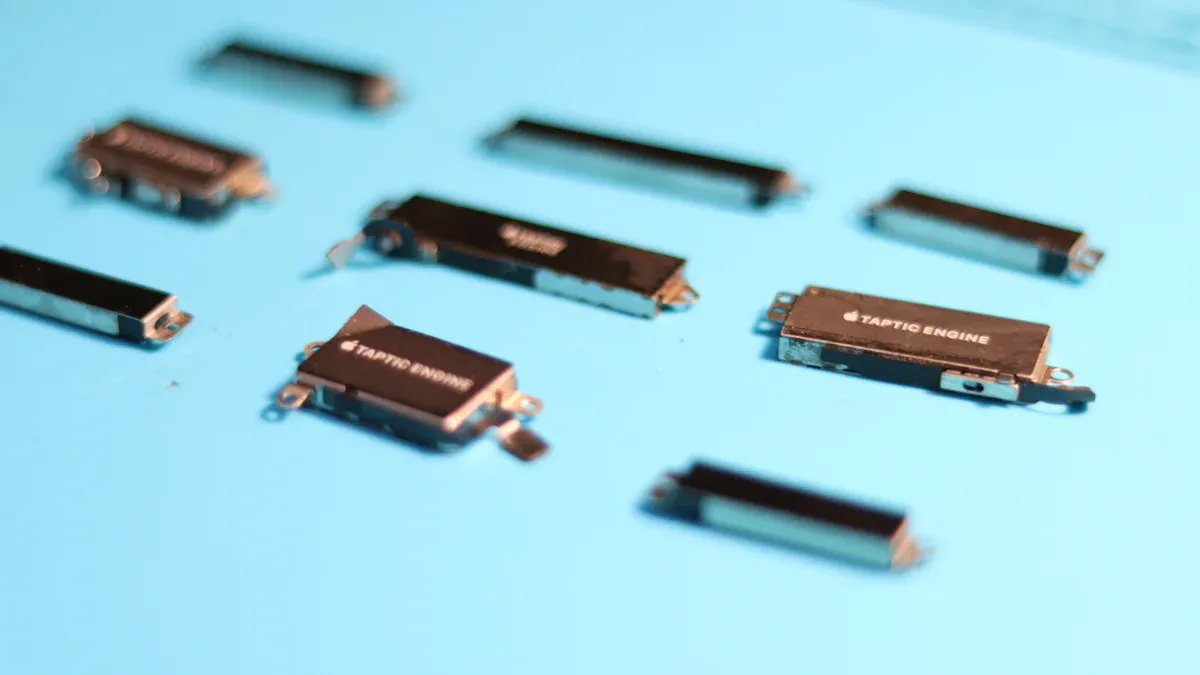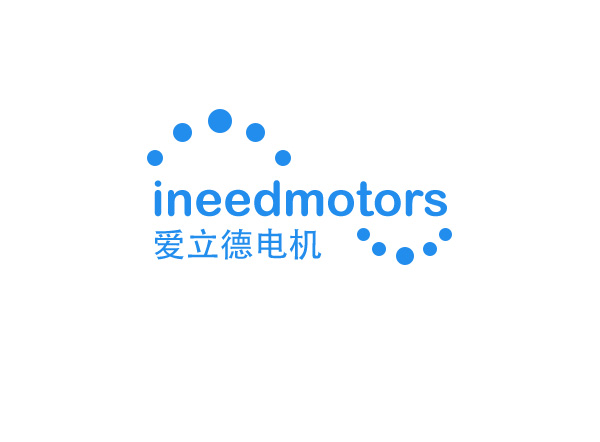What is Hertz in Micro Vibration Motors?

Hertz in Micro Vibration Motors refers to the number of vibration cycles the motor completes each second. You need to understand this measurement because it directly affects how strong and precise the vibration feels in your device. For example, most micro vibration motors operate within a frequency range of 50 to 250 Hz, and even small changes in frequency can alter the vibration strength. When you match the driving frequency to the motor’s resonant frequency, you get stronger vibrations and lower energy use. This is especially important in applications like smartphones and medical devices, where accurate tactile feedback is essential.
Key Takeaways
Hertz measures how many times a vibration motor vibrates each second. Understanding this helps you choose the right motor for your device.
Matching the motor's Hertz value to your application improves user experience. Different devices need different vibration patterns and strengths.
Higher Hertz values create faster, sharper vibrations. Lower values produce slower, stronger vibrations, affecting how users perceive feedback.
Always check both Hertz and amplitude in motor specifications. This ensures you understand how the vibration will feel and perform.
Consult technical support for guidance on selecting the right vibration motor. They can help you analyze frequency, amplitude, and power needs.
Hertz in Micro Vibration Motors
Frequency and Vibration Cycles
Motor Type | Frequency Range (Hz) |
|---|---|
Linear Resonant Actuators | 60 Hz - 300 Hz |
Eccentric Rotating Mass | 100 Hz - 250 Hz |
Piezoelectric Motors | Over 200 Hz |
Brushed ERM | 30 Hz - 500 Hz |
BLDC ERM | 200 Hz - 208 Hz |
/ | / |
When you look at hertz in micro vibration motors, you see how often the motor completes a full vibration cycle each second. One hertz means the motor vibrates once per second. If a motor runs at 100 hertz, it completes 100 vibration cycles every second. This measurement helps you understand how fast the vibration repeats and how it feels to the touch.
You can think of frequency as the heartbeat of the motor. The higher the hertz, the faster the vibration cycles. This affects how strong and sharp the vibration feels. For example, a low-frequency motor might feel like a slow pulse, while a high-frequency motor feels like a quick buzz. The displacement, or how far the vibrating part moves, often increases with frequency. This means that as the frequency goes up, the vibration can become more noticeable and effective.
Different types of vibration motors have different frequency ranges. Here is a table that shows the typical frequency ranges for common motor types used in consumer electronics:
You find that Linear Resonant Actuators (LRAs) work best for touchscreens and gaming controllers because they give precise vibration. Eccentric Rotating Mass (ERM) motors are good for general use and let you adjust the vibration strength. Piezoelectric motors offer high-frequency vibration, which helps save battery life in portable devices.
INEED offers a wide range of vibration motors, including coin vibration motors, brushless coin motors, and LRA vibration motors. Each type fits different applications based on its frequency range and vibration style. For example, INEED’s LRA Electrical Motor LRA2024A-1088F operates at a resonant frequency of 65 Hz but can cover a wide frequency band, making it ideal for devices that need precise and strong haptic feedback.
Measuring Vibrations Per Second
To measure hertz in micro vibration motors, you need to count how many times the motor completes a vibration cycle in one second. This is usually done with specialized sensors and tools. Some common methods include:
Piezoelectric sensors, which create a voltage when the vibration moves them.
Microelectromechanical systems (MEMS), which capture different aspects of vibration.
Proximity probes, which measure the distance to a vibrating object.
Laser Doppler vibrometers, which use lasers to measure vibration with high accuracy.
Accelerometers, which measure how quickly the vibration moves and help you find both amplitude and frequency.
Velocity sensors, which track how fast the vibration moves.
Displacement sensors, which show how far the vibrating part travels.
You need to make sure these tools are calibrated and meet industry standards for accuracy. This ensures you get reliable data about the vibration and frequency of your motor. Calibration is important because environmental factors like temperature and humidity can affect the readings. For example, if the temperature changes, the sensor output might drift, which can change the measured hertz in micro vibration motors. High humidity can also cause problems if the sensor is not sealed well.
Note: Environmental conditions such as temperature and humidity can change the damping and bandwidth of vibration sensors. This can affect the accuracy of your vibration measurements and the overall performance of your vibration motors.
When you choose a vibration motor from INEED, you can rely on strict quality control and advanced testing methods. INEED uses precise measurement tools to ensure each motor meets its frequency and vibration specifications. This helps you get the right performance for your application, whether you need a gentle buzz for a wearable device or a strong pulse for a medical instrument.
Why Hertz Matters for Vibration Motors

Impact on User Experience
When you use a device with vibration motors, the way the vibration feels depends on the Hertz value. Hertz tells you how many times the motor vibrates each second. This number shapes the tactile feedback you receive. If the vibration is too slow, you might feel a gentle thump. If it is too fast, you sense a sharp buzz. Your skin has special sensors called mechanoreceptors. These sensors react differently to changes in vibration. For example, Pacinian corpuscles respond best to vibrations around 300 Hz. This means that the right Hertz value can make the vibration feel more natural and noticeable.
Vibration motors with different Hertz values create unique sensations. You can use short, sharp vibrations for urgent alerts, like a phone call. Longer, softer vibrations work well for confirmations, such as a message sent. Customizable vibration patterns help you understand what your device is telling you without looking at the screen. Instant feedback is important. If the vibration comes with a delay, it can break your focus and reduce satisfaction.
Research shows that people can tell the difference between four or five types of vibration based on how strong and long they last. When you use vibration motors with the right Hertz value, you get more accurate feedback. This helps you recognize alerts and notifications quickly. In wearable devices, the frequency often ranges from 50 to 300 Hz. This range lets you feel different patterns and intensities, making the device easier to use.
Haptic feedback improves how you interact with technology. When you press a button on a virtual keyboard, the vibration motors give you a physical response. This makes the action feel real and boosts your confidence. You type faster and with fewer mistakes because you trust the feedback from the motor. The right Hertz value makes this feedback clear and reliable.
INEED offers a wide range of vibration motors, including LRA and ERM types. The LRA Electrical Motor LRA2024A-1088F, for example, operates at a resonant frequency of 65 Hz but covers a wide band. This motor gives you strong, precise feedback, which is perfect for gaming controllers and VR devices. ERM motors, on the other hand, work well for general notifications and can adjust the vibration strength to fit your needs.
Tip: Choosing vibration motors with the right Hertz value can make your device feel more responsive and enjoyable to use.
Application Suitability
You need to match the Hertz value of your vibration motors to the needs of your application. Different devices require different vibration patterns and strengths. For example, healthcare devices use vibration motors to alert users during surgery or health checks. These motors often operate between 30 and 500 Hz. Wearable devices, like smartwatches, use vibration motors in the same range to notify you about calls, messages, or health updates. Therapy tools also use vibration motors in this range to improve comfort and recovery.
Here is a table that shows how different applications use vibration motors and their optimal frequency ranges:
Application | Optimal Frequency Range (Hz) | Purpose of Vibration |
|---|---|---|
Healthcare | 30 - 500 | Surgery training and health alerts |
Wearables | 30 - 500 | Notifications for calls, messages, health updates |
Therapy tools | 30 - 500 | Improve comfort and recovery |
You should also consider the type of vibration motor. ERM motors usually work in the 100 to 240 Hz range. They are good for simple alerts and general feedback. LRA motors operate in a narrow frequency band. They use less power and give you stronger, more precise vibrations. When you use LRA motors at their resonant frequency, you get the best performance with less energy.
LRAs are ideal for devices that need clear, sharp feedback, such as smartphones and gaming controllers.
ERMs are better for products that need adjustable vibration strength, like fitness trackers or beauty devices.
Customizable vibration patterns let you create unique experiences for each application. You can set short, sharp vibrations for urgent alerts or longer pulses for gentle reminders. This flexibility helps you design devices that meet user needs and improve satisfaction.
When you choose vibration motors from INEED, you get motors that fit a wide range of applications. INEED tests each motor to make sure it meets strict quality standards. You can trust that your device will deliver reliable vibration feedback, whether you need a gentle buzz or a strong pulse.
Note: Matching the right Hertz value and motor type to your application ensures the best performance and user experience.
Interpreting Hertz Ratings
Reading Specifications
When you read datasheets for vibration motors, you need to focus on the Hertz rating. This number tells you how many times the motor vibrates each second. You will often see this listed as "frequency" or "resonant frequency." To understand the full picture, look for these key elements:
Measuring sensor: Check if the datasheet mentions the type of sensor used. Accelerometers are common because they can capture a wide range of vibration frequencies.
Measuring units: Look for readings in acceleration or velocity. For most vibration motors, velocity readings work well below 60,000 cycles per minute.
Spectral resolution: This helps you see if the motor can separate close vibration frequencies. High spectral resolution is important when you want to avoid mixing up signals.
Analysis parameters: Some datasheets show how the vibration changes at different frequencies. This helps you spot patterns or issues in motor performance.
INEED provides clear specifications for each motor. For example, the LRA Electrical Motor LRA2024A-1088F lists a resonant frequency of 60 Hz and a wide operating band. You can use this information to compare different vibration motors and pick the one that fits your needs.
Tip: Always check the frequency range and the type of vibration the motor produces. This helps you avoid surprises in your final product.
Matching Hertz to Application Needs
You need to match the Hertz rating of your vibration motors to your device’s purpose. If you want strong, sharp feedback, choose a motor with a higher frequency. For gentle alerts, a lower frequency works better. Here is a simple table to help you decide:
Application | Recommended Hertz Range | Motor Type Example |
|---|---|---|
Wearable devices | 100 - 250 Hz | Coin vibration motors |
Medical equipment | 30 - 500 Hz | LRA vibration motors |
Beauty products | 100 - 240 Hz | ERM vibration motors |
You can find these options in INEED’s product range. Each motor comes with a datasheet that lists the vibration frequency, vibration force, and other important details. By comparing these numbers, you make sure your device delivers the right feedback and meets user expectations.
Note: Matching the right Hertz rating to your application improves both user experience and device performance.
Misconceptions About Hertz
When you explore vibration motors, you may come across some common misunderstandings about Hertz. Many people confuse Hertz with amplitude or power. Knowing the difference helps you choose the right vibration motors for your needs and ensures the best performance.
Hertz vs Amplitude
You might think Hertz and amplitude mean the same thing, but they describe different aspects of vibration motors.
Hertz tells you how many times the motor vibrates each second. This is the frequency of the vibration.
Amplitude shows how far the motor moves from its center position during each vibration cycle.
Higher frequency gives you finer, quicker vibrations. Lower frequency creates slower, stronger movements.
Larger amplitude means the vibration motors move more, which is useful for mixing or separating materials. Smaller amplitude works better for precise tasks.
If you only look at Hertz, you might miss how strong the vibration feels. Amplitude affects the intensity, while Hertz affects the speed. Both matter when you want the right feedback from your vibration motors.
Tip: Always check both Hertz and amplitude in the datasheet. This helps you understand how the vibration motors will feel and perform in your device.
Hertz vs Power
Another common mistake is to mix up Hertz with power. These two features play different roles in vibration motors.
Aspect | Description |
|---|---|
Frequency (Hertz) | Shows how fast the vibration cycles repeat. Higher values give smoother vibrations, while lower values feel stronger. |
Power Consumption | Tells you how much energy the vibration motors use. Lower power means longer battery life and less heat. |
You need to know that a higher Hertz value does not always mean more power. Some vibration motors can run at high frequency and still use little energy. This is important for battery-powered devices like wearables or medical tools.
If you feel unsure about which vibration motors to choose, you can reach out to INEED’s technical support. The team can help you compare Hertz, amplitude, and power to find the best fit for your application.
Note: Understanding these differences helps you avoid mistakes and get the right vibration motors for your project.
You need to understand Hertz when selecting vibration motors because it affects how your device performs and feels. Choosing the right frequency helps you avoid resonance and ensures your device works efficiently. When you consult technical support, consider these important factors:
Know the vibration frequencies for your application.
Check manufacturer specifications and industry standards.
Analyze acceleration, displacement, and velocity to diagnose vibration issues.
INEED offers expert guidance and customizable solutions. You can reach out for support or explore their range to find the best motor for your needs.
FAQ
What is a coin vibration motor?
A coin vibration motor is a small, flat motor that creates vibrations in electronic devices. You often find it in wearables, smartphones, and medical tools. Its compact shape makes it easy to fit into tight spaces while still providing strong vibration feedback.
What makes a coin vibration motor different from other vibration motors?
A coin vibration motor stands out because of its round, slim design. You can mount it easily with adhesive or spring contacts. Unlike larger motors, it fits well in thin devices and delivers reliable, even vibrations for haptic feedback.
What applications use a coin vibration motor?
You see a coin vibration motor in many products. Smartwatches, fitness trackers, and handheld medical devices use it for alerts and notifications. Its small size and strong performance make it ideal for portable electronics that need tactile feedback.
What should you check when choosing a coin vibration motor?
You should check the vibration frequency, size, and mounting method. Make sure the coin vibration motor matches your device’s needs. Look at the datasheet for details about voltage, current, and vibration strength to ensure the best fit.
What are the benefits of using a coin vibration motor?
A coin vibration motor gives you reliable vibration in a small package. You get low power use, easy installation, and strong feedback. This motor helps your device deliver clear alerts without taking up much space or draining the battery.
See Also
Understanding The Functionality Of Vibration Motors In Haptics
Comparing Vibration And Frequency For Optimal Motor Specifications
The Collaboration Of Vibration And Frequency In Precision Motors
Exploring The Mechanism Behind 3V DC Motor Vibrations
Managing Resonance Frequency In Vibration Motors For Consistent Performance
Get Custom Micro DC Motors from
INEED Motors!
Leading Brand in Vibration Motor Manufacturing Industry
